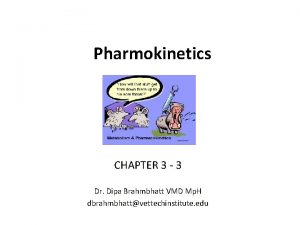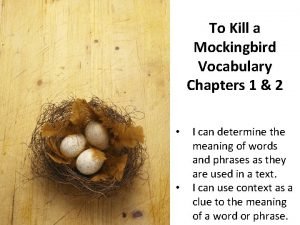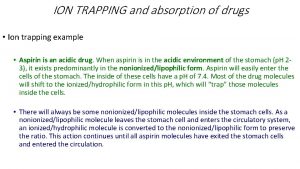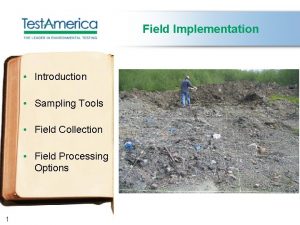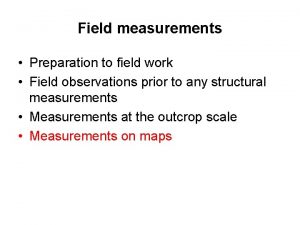Created Trapping Data Field Trapping Data Introduction Why











- Slides: 11

Created Trapping Data Field Trapping Data Introduction

Why collect and record trapping data? • Field data is the first hand data collected while in the field working with animals • Each attribute we record is important to build up a picture of the animal, it’s history and it’s well-being • Accurate, legible, detailed field data is critical • Use the information in this powerpoint to answer the questions on the worksheet and trapping data sheet provided

Species • Look for distinguishing features – shape, markings, locomotion, ratio of body parts, shape of ears, type of teeth (if you can easily see) • Remember you may have a juvenile so do not go on size or colour alone, look for features! Trapping data sheet • Enter the species name in correct column

Total weight • For spring balance (pictured) determine what each marked line represents and the interval between markings • In this case, on the left hand scale, larger marks are every 100 G and shorter marks are every 20 g • Weight is always in grams Trapping data sheet • Enter the total weight from photo in correct column

Bag weight • Every bag is different and must be weighed after use and result recorded • Bags do change weight during use due to absorbing moisture, and animal urine Trapping data sheet • Enter the bag weight from photo in correct column

Animal ID • A PIT tag reader, shown in photo, is passed across the shoulder area of the animal • If a PIT (Passive Implanted Transponder) tag is present the number comes up on the screen. • This individual number can be used to collate all data relating to the animal Trapping data sheet • Enter the animal’s ID in correct column – ALL numbers from the bottom row

Head length • To read – the scale on rectangular section gives you the whole millimetres, then read off the decimal points from the dial scale • Measured from lump at back of skull to nose tip • Is an indication of age, especially in some species Trapping data sheet • Enter the animal’s head length in correct column

Pes length • Use the same technique as described in head length • Pes is the terminal segment of the hindlimb of a vertebrate animal. • 2 types of pes – short or long, for both measure from Long ankle bone forward • Short – like human foot, pad then distinct digits, measure to front of pad • Long – like kangaroo, pad and major toe are fused into a continuous pad, measure to the base of the nail on the longest toe Trapping data sheet • Enter the animal’s pes length in correct column Short

Sex - male • First step, make sure your hands are warm and be very gentle! • On underside look for scrotum between back legs on male, you need to make sure it is slightly separated from body and not a swelling from pouch young. • Sometimes the scrotum is a different colour from the body fur and/or the fur is a different texture Trapping data sheet • Enter the animal’s sex in correct column

Sex - female • First step is to make sure your hands are warm and be very gentle! • If no scrotum, then look for pouch opening. Depending on species and direction of pouch opening in may be at belly-button location (forward facing pouch) or more towards the back legs (rear facing pouch). • Opening may be stained or no difference in colouring. Trapping data sheet • No entry required

Additional data • As this is an introductory session not all data has been “collected” • When doing this work in the field other data collected includes – ØAge – estimated from size and reproductive status ØFate – what happens to the animal after handling, hopefully RL or RI ØN/R – indicates a new or recapture ØPouch – series of codes indicating reproductive status of the female ØPY/CR – denotes the number of pouch young and approximate size
 Pictures
Pictures What are the structures of menu
What are the structures of menu Zeroth order kinetics
Zeroth order kinetics What is ion trapping in pharmacology
What is ion trapping in pharmacology Ion trapping
Ion trapping What is ion trapping in pharmacology
What is ion trapping in pharmacology Fur-trapping apothecary
Fur-trapping apothecary Scuppernongs definition to kill a mockingbird
Scuppernongs definition to kill a mockingbird Symbols of to kill a mockingbird
Symbols of to kill a mockingbird Dont ask why why why
Dont ask why why why The truman doctrine worksheet answers
The truman doctrine worksheet answers Professionalization of teaching in the philippines
Professionalization of teaching in the philippines




